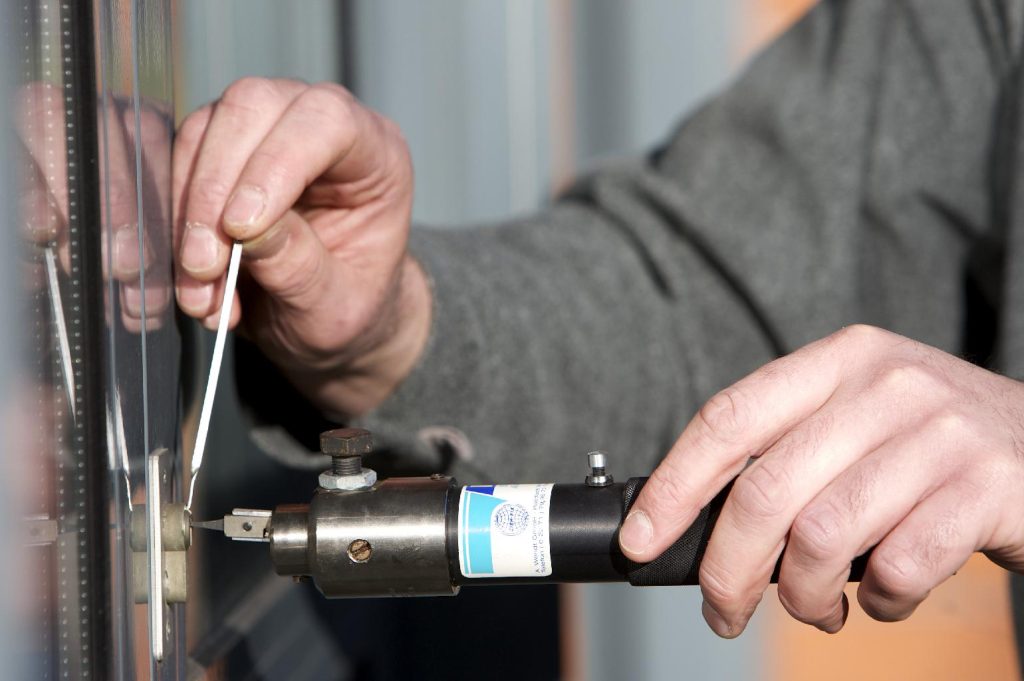Ride in Style With Luxurious Limo Services for Every Occasion
Arriving in a limousine is more than just transportation it is an experience that combines comfort, elegance, and sophistication. Whether it is a wedding, corporate event, prom night, or a memorable night out, limo services provide the perfect touch of class. A limousine ensures you travel in comfort while making an unforgettable impression. With professional chauffeurs, spacious seating, and modern amenities, limo rides are designed to make every occasion special. From stress-free travel to adding a luxury statement, choosing a limo service transforms an ordinary trip into an extraordinary journey.
Why Choose Limo Services?
Limo services are not only about luxury they are about convenience and reliability. Instead of worrying about traffic, parking, or timing, passengers can relax and enjoy the ride. Every detail is planned to deliver a smooth and stylish experience.
Key advantages include:
- Comfortable travel with plush seating and ample space.
- Professional chauffeurs who ensure punctuality and safety.
- Elegant style that adds a touch of glamour to any occasion.
- Stress-free rides without the hassle of navigation or parking.

Perfect for Every Occasion
Limousines are versatile and suited for various events. Each ride can be customized to match the mood of the celebration or the professionalism of the event.
- Weddings: A limo adds romance and style to one of life’s most cherished days.
- Corporate Events: Impress clients or colleagues with a professional ride.
- Proms and Parties: Make the evening more memorable with a luxury arrival.
- Airport Transfers: Arrive on time and in comfort without stress.
- Special Celebrations: Anniversaries, birthdays, or even a night out become unforgettable.
Benefits Beyond Luxury
Limo services are more than just a status symbol they bring practical advantages too. Traveling as a group is easier with spacious interiors. For business trips, it provides a private environment to prepare before meetings. For leisure, it allows everyone to enjoy the journey together.
Additional highlights include:
- Privacy: Tinted windows and partitioned sections create a private space.
- Convenience: Door-to-door service saves time and effort.
- Memorable experience: Every ride feels like a special event in itself.
Making Travel Stress-Free
Planning transportation for big events can be overwhelming. A limo service eliminates that stress by ensuring everything is managed professionally. From timely pick-ups to comfortable drop-offs, it allows passengers to focus on the occasion instead of logistics.
A Symbol of Elegance
A limousine ride is often associated with prestige and celebration. It reflects style and leaves lasting impressions on guests, friends, or clients. By choosing a limo, you are not just selecting transportation—you are embracing a luxury lifestyle moment.
Final Thoughts
Riding in a limousine brings together elegance, comfort, and practicality. It enhances every occasion, whether professional or personal. With a mix of convenience, style, and unforgettable memories, limo services turn ordinary travel into something truly special. Choosing to ride in style ensures that every moment, from arrival to departure, is filled with sophistication and ease.








